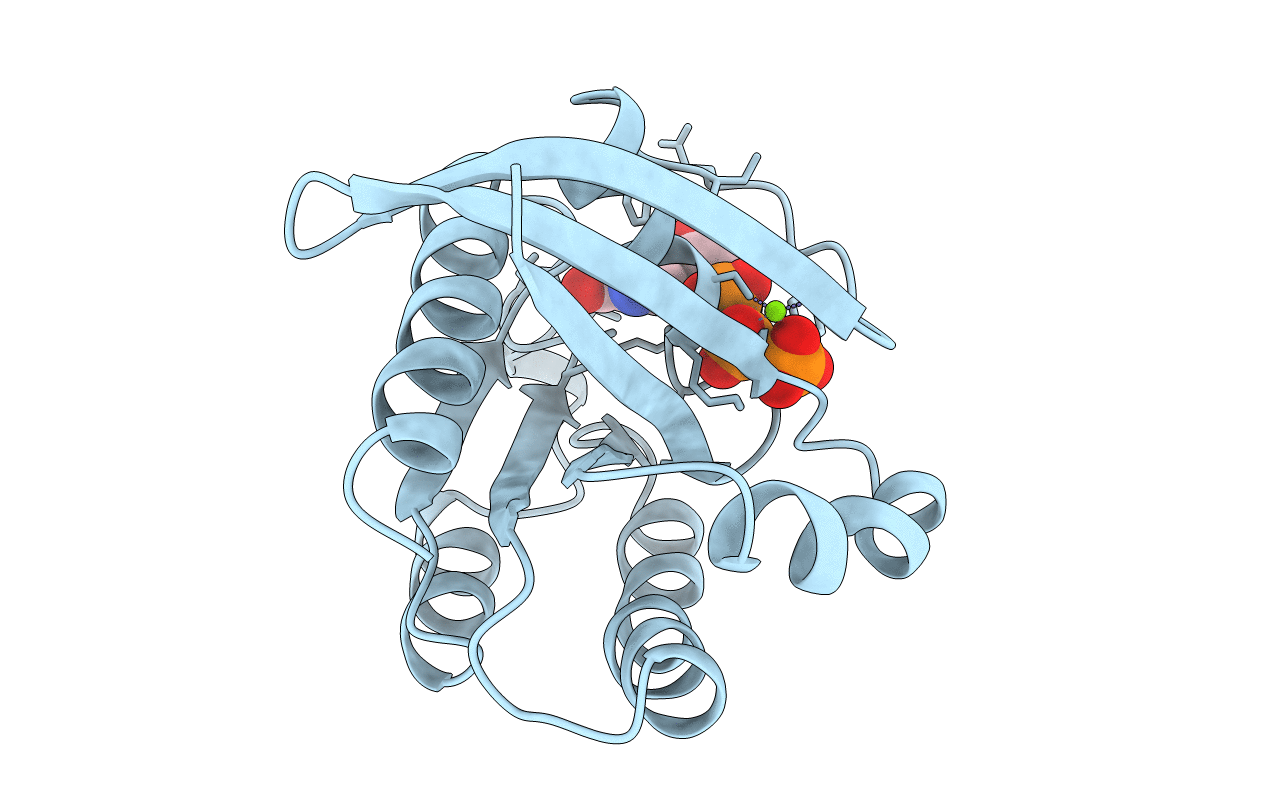
Deposition Date
1998-05-06
Release Date
1998-06-17
Last Version Date
2024-02-21
Method Details:
Experimental Method:
Resolution:
2.60 Å
R-Value Free:
0.28
R-Value Work:
0.20
R-Value Observed:
0.20
Space Group:
P 61


